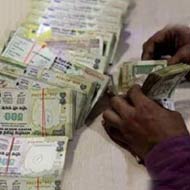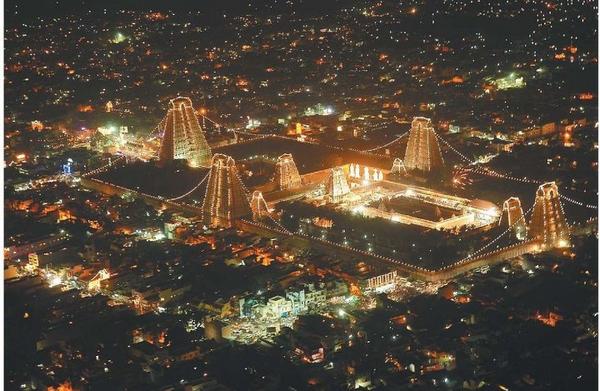 A reproduction of the sample cheque available on RBI’s website.
Vivina Vishwanathan :Mint : Thu, Nov 22 2012. 07 03 PM IST
A reproduction of the sample cheque available on RBI’s website.
Vivina Vishwanathan :Mint : Thu, Nov 22 2012. 07 03 PM IST
These cheque will not have to go through the process of physical clearance.
State Bank of India (SBI), the country’s largest lender, came out with an advertisement in all major national dailies on 5 November, stating that it will issue a new set of cheque book to its customers and that the existing cheque leaves will not be valid after 31 December 2012.
The Reserve Bank of India (RBI) has advised all banks to issue only CTS-2010 (cheque truncation system-2010) standard cheque. The initiative has been taken to standardize and enhance security features in cheque forms.
After reading the advertisement, as a good customer, Srilekha Nambiar, an employee at Tata Consultancy Services Ltd, promptly walked into her SBI home branch and requested for the new cheque book over the counter. “I had to give the first page of my old cheque book and they took my request. Within seven working days, I got my new cheque book by courier.”
Not all SBI customers in India are as prompt as Nambiar about using such public notification. On realizing this, SBI once again issued a new notification on 19 November, where it showed its willingness to deliver the cheque book to its customers at their doorstep.
The new advertisement published in all the national dailies read that a new series of cheque leaves, as mandated by RBI, will come into effect from 1 January 2013. The present series of cheques is required to be discontinued thereafter.
SBI is arranging to send these new series of cheque books to its customers at their last recorded address. Other banks such as HDFC Bank Ltd and ICICI Bank Ltd have put a notification about CTS-2010 cheques on their websites and branches. HDFC Bank has stated that cheques issued prior to August 2011 will not be valid. Banks such as IDBI Bank Ltd have already been issuing CTS-2010 cheques.
What is CTS-2010?
CTS-2010 is a benchmark for standardization of cheques issued by banks across the country. The main feature of CTS-2010 cheques is that a cheque can be cleared electronically.
Simply put, a CTS-2010 cheque will not have to go through the process of physical clearance. When a customer deposits a CTS-2010-complied cheque, the bank can simply send the cheque’s image to the drawee bank, whose cheque has been issued; once the drawee bank scrutinizes and recognizes the cheque, it will get cleared. This move will help banks save on transaction cost and time.
What are the features?
CTS-2010 cheques will have security features such as a certain type of paper, CTS watermark, bank’s logo in invisible ink and a standard field placement for all banks.
Paper: CTS-2010 standard paper doesn’t glow under ultra-violet light. The paper will be image friendly and have protection against alterations by having chemical sensitivity to acids, alkalis, bleaches and solvents giving a visible result after a fraudulent attack.
Watermark: All CTS-2010 cheques will carry a standardized watermark with the words “CTS INDIA”, which can be seen when the cheque is held against a light source. You can see it in the same manner as you see Mahatma Gandhi’s image on a Rs.500 note. Each cheque must hold at least one full watermark. The watermark will appear at the centre of the cheque.
Bank’s logo: The bank’s logo will be printed in ultra-violet (UV) ink. The logo will be visible under UV-enabled scanners or lamps. The banks logo has to be on the left top of the cheque.
Prohibition on corrections on cheques: Any kind of changes or corrections will not be acceptable. This means for any change in the payee’s name, amount in figures or amount in words, you will have to write a fresh cheque as it causes difficulty in electronic clearance. This also helps banks to identify and control fraud.
Additional text: The new cheque will also have “please sign above this line” mentioned at the bottom right of the cheque, a feature that was not available in cheques in use until now.
Also, a statement “payable at par at all branches of the bank in India” will be written on the bottom of the new cheque.
Standardization of field placement: This basically means having the account number, watermark and bank logo, among other security features, positioned at the same place in cheques of different banks to make clearance through image easier. For example, cheques of all banks would have the watermark at the centre of the cheque.
All these features would ensure uniformity across cheques issued by various banks as well as help banks scrutinize cheques properly, which in turn is expected to act as a deterrent against cheque frauds.
What should you do?
Post-dated cheques: All post-dated non-CTS cheques will be out of use from 1 January 2013. An RBI spokesperson has clarified that all customers should, in their own interest, collect the signed non-CTS cheque given by him to his lender, say, a non-banking financial company, brokers and individuals, and cancel it so that such non-CTS cheque is not presented in the clearing system. The customer should intimate the bank along with the number of the non-CTS cheque and the individuals or company’s name, that the non-CTS cheque has been collected and cancelled.
If you don’t remember where you have given the cheque, you can go back to the front page of your cheque book and give the cheque numbers to the bank, informing that you don’t remember whom you have given it to. However, you need not worry as non-CTS cheque will automatically get cancelled from the system from 1 January 2013.
Cheques you haven’t encashed: If you have any cheques lying with you, which you can encash, you should do it as soon as possible. If you have any post-dated cheque for a date/month after 1 January 2013, ask the person/institution concerned to issue a CTS-2010 cheque, as the old one will not be valid after 31 December.
Unused cheques: Banks such as SBI and ICICI Bank have asked customers to submit the old unused cheque leaves at their respective branches.











